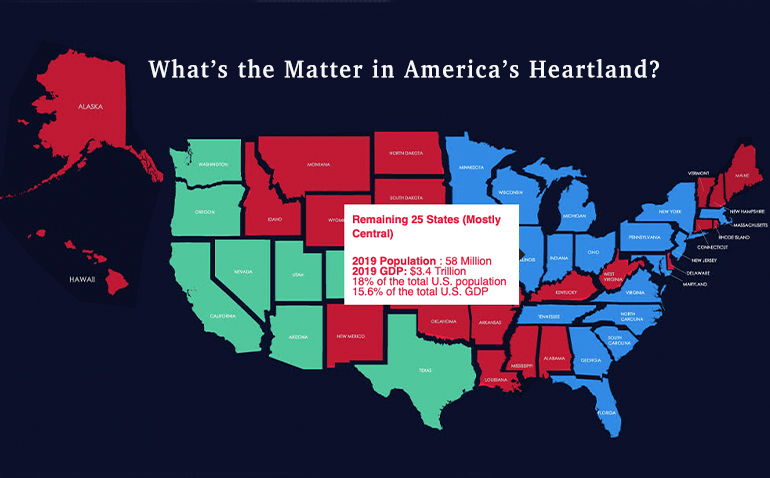Economic Growth
BPF consistently aims at encouraging Mississippi's State Government to perform their vital, core responsibilities. BPF is focused on ways to ensure the state government provides these responsibilities in an effective and cost efficient manner in our cities, where new economic ideas are born.
Featured Work
BPF Book Review of Alex Epstein’s “Fossil Future”
Fossil Future is chock full of data, charts and anecdotes telling in great detail the roles fossil fuels played in creating today’s cornucopia of abundance. Especially compelling are the “hockey-stick” charts that reveal the close correlation between the development of hydrocarbons and the dramatic rise of world GDP, world population, world life expectancy and human flourishing.
Where the Smart Money Goes
Capital goes where it’s welcome and stays where it’s appreciated. The CEO of Steel Dynamics said: “We are eager to expand our presence in Columbus, and we appreciate the warm welcome and support that we have received from Governor Tate Reeves and Mississippi.”
A Strategy for Mississippi Economic Growth
Mississippi leaders should clear the way for large, private electrical generation investments to supply cheap, dependable merchant power to fast-growing southeastern states.
BPF Book Review | “The Cloud Revolution” by Mark Mills
In today’s world of hyper partisan rhetoric and hand wringing, it is prudent to seek out views grounded in the hard sciences about what is realistically possible versus what may be just aspirational. The Cloud Revolution is such a book. Mark Mills has done a masterful job of explaining some of the latest cutting edge technologies and how they will impact business and the economy in the years ahead.
Census Bureau’s State Count Estimate Shows Mississippi Has Population Loss
Population loss is a problem in Mississippi and recent population estimates from the U.S. Census Bureau confirm the necessity that policymakers take notice.
What’s the Matter in America’s Heartland?
The remaining 25 mainly central states (red) participated in neither population nor economic growth near the national average for the past 50 years. The GDP and population of these states collectively declined as a percentage of total U.S. figures.









